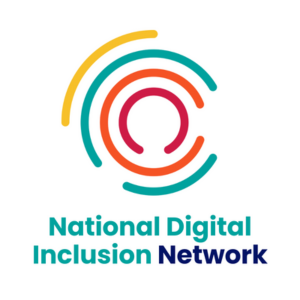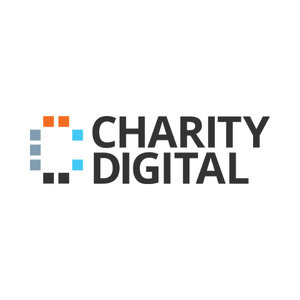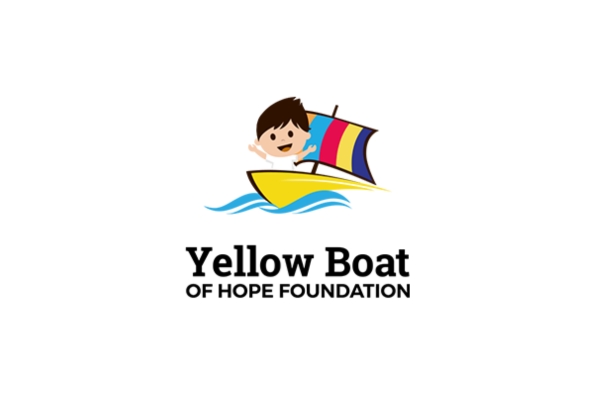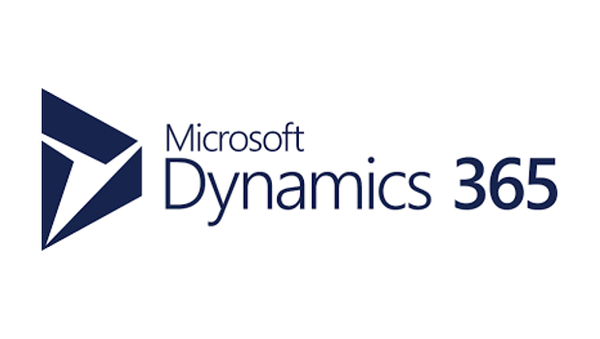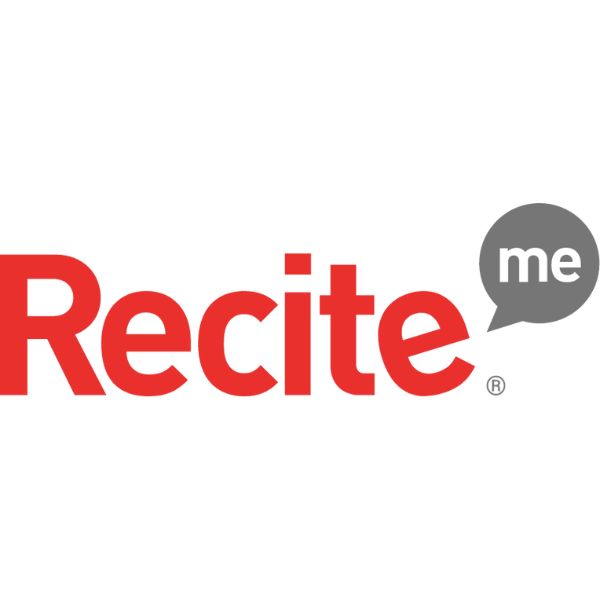Insights
INSIGHTS
All Topics
My Account
End Digital Poverty Day: Why we signed the Charter for Digital Inclusion
The Digital Poverty Alliance’s Charter calls for organisations to embed digital inclusivity into their daily operations. Here’s why we signed it
Click to listen to articleplay_arrow04:54
Every year, the Digital Poverty Alliance (DPA) hosts End Digital Poverty Day to raise awareness, build community engagement, and garner support for tackling digital exclusion head-on. This End Digital Poverty Day, we’re taking the opportunity to share why we recently signed the DPA’s Charter for Digital Inclusion.
Digital exclusion has deep and wide-ranging consequences for people and society
An estimated one in seven people are deprived across two or more dimensions of digital poverty, according to research by Deloitte and the Digital Poverty Alliance. Digital exclusion impacts people of all ages and socio-economic backgrounds.
Those excluded can be isolated from friends and family and have reduced access to education, work, social security, healthcare, banking, housing, and more. The situations caused by digital exclusion have been described as a “Catch-22”, a “double loop of inequalities”, and a “vicious circle”, as exclusion from digital technology can worsen people’s existing challenges and make them more difficult to resolve.
Research has shown how digital exclusion adversely impacts older people, younger people, children, people with disabilities, women, asylum seekers, people leaving prison, and people with no formal qualifications, as well as people experiencing unemployment, poverty, homelessness, and health conditions, and people living in rural areas.
The way our society uses digital technologies is causing and worsening widespread inequalities, and it isn’t right. Signing the Charter for Digital Inclusion helps organisations work strategically to ensure everyone can make the most of digital, no matter their background.
Organisations need to use digital technology differently
When it comes to digital inclusion, it’s clear that organisations need to use digital technology differently:
-
The internet was designed to work for all people and can remove barriers that people with disabilities face in the physical world. However, when websites, applications, technologies, and tools are badly designed, it creates significant barriers to access for people with disabilities. WebAim research in 2024 found that less than 1% of homepages are likely to meet accessibility standards. Organisations can change this by redesigning our digital presence to be accessible to everyone
-
In the UK, 1.5 million people don’t have access to a smartphone, tablet, or laptop, while 62 million tonnes of e-waste is produced globally in one year. Not having access to a device can cause significant barriers to being included in society and the economy. Instead of throwing our unused devices away, organisations can donate them to digital inclusion schemes to be more sustainable and support digital inclusion
-
In 2024, 92% of the public think essential services require internet access. This is discrimination to those who are not online, and numerous charities have stressed the importance of choice in accessing digital and in-person services such as healthcare. Organisations can help by supporting digital skills and continuing to provide suitable non-digital services
These are just a few examples. Their relevance to charities is underscored even further when considering how digital exclusion worsens existing problems for marginalised people, core to much of the work of the sector.
Signing the Charter for Digital Inclusion commits us to embedding digital inclusion into our operations, taking responsibility for building a better digital society.
Co-ordinated action creates greater change
To sign the charter, organisations commit to at least three of the below actions:
-
Raising awareness among colleagues, customers, partners, and peers
-
Ensuring accessible services for people with disabilities, those with low levels of literacy, and anyone facing barriers to digital access
-
Device donation, empowering people with the necessary tools to engage in digital opportunities while promoting environmental stewardship
-
Digital skills development for employees and the wider UK community
-
Partnership for impact by pooling expertise, resources, and networks across sectors
With organisations across sectors focusing their efforts on the same five objectives, change in those areas is more likely to accelerate. Organisations can use their existing strengths to contribute to the overarching strategic plan, maximising change towards creating a society where digital opportunities are accessible to all.
Sign the Charter for Digital Inclusion
Click above to find out more and sign the Charter
Josie Sparling
More on this topic
27 Feb 2025by Laura Stanley
Charity Spotlight: Dr Anton Mari Lim, President, Yellow Boat of Hope Foundation
Recommended Products
Recommended Products
Featured Products
Our Events
Charity Digital Academy
Our courses aim, in just three hours, to enhance soft skills and hard skills, boost your knowledge of finance and artificial intelligence, and supercharge your digital capabilities. Check out some of the incredible options by clicking here.





